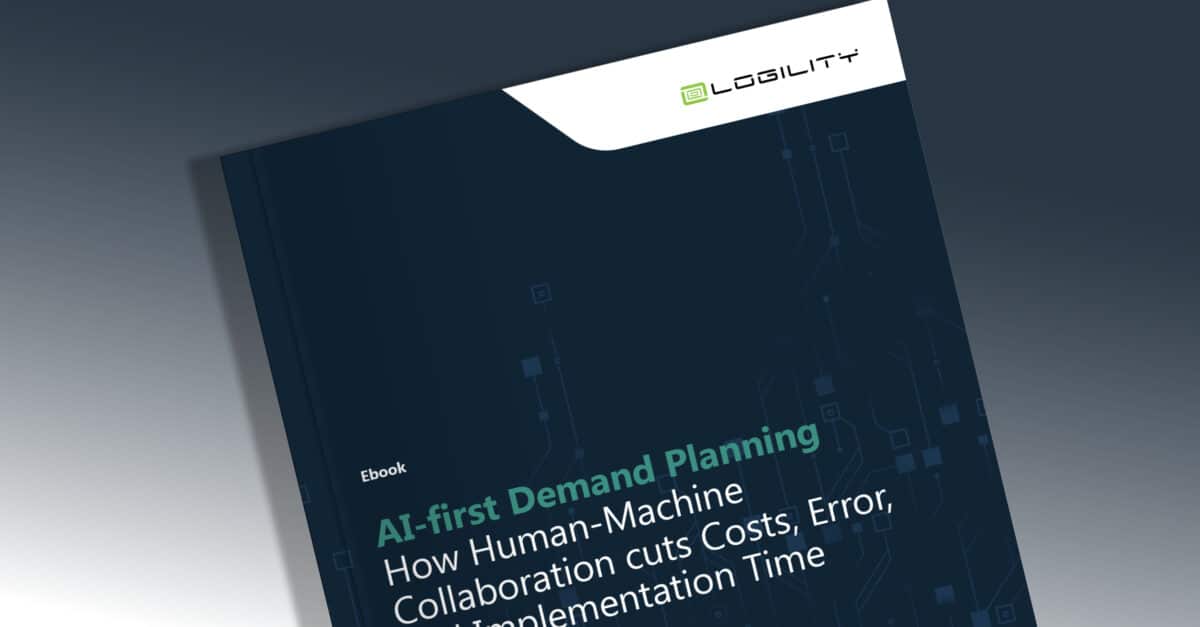Avoiding The Common Pitfalls of SCM-ERP Integration

Description
As supply chain teams demand the power of supply chain optimization solutions, the question becomes how best to integrate these powerful solutions with the organization’s existing enterprise resource planning integration (ERP integration) and advanced planning and scheduling (APS) systems. Creating an integrated SCM-ERP ecosystem doesn’t have to be a costly and complex journey, if you choose a path that avoids common pitfalls.
Some dangers are obvious, but others can remain hidden until they suddenly emerge to put the solution at risk.
- Custom integration of SCM with ERP. In this common approach, a development team of in-house IT and outside consultants design, develop, test, implement and support the integration as a unique custom solution.
- Logility’s template-based ERP integration. Logility SCM-ERP integration projects use proven, pre-built data mappings and logic for as much as 90% of the integration scope, while the remainder is configured based on the organization s unique SCM requirements. This approach reduces the timeline, the team size, lowers cost and presents less risk. Logility can deliver high performance ERP-to-Logility integrations in less time and at lower cost, and provide long-term value by continually upgrading software components to maintain currency with data model updates over time.
Common pitfalls that have proven to be hot buttons for integration can be divided into four groups: cost and effort, scalability and speed, sustainability and flexibility
This white paper describes Logility’s template-based integration with ERP systems, using pre-built data mappings and logic for as much as 90% of the integration scope, helps shorten timelines, reduce team size, lower cost and mitigate risk.
Complete form to download White Paper
This site is protected by reCAPTCHA. Google Privacy Policy and Terms of Service apply.


